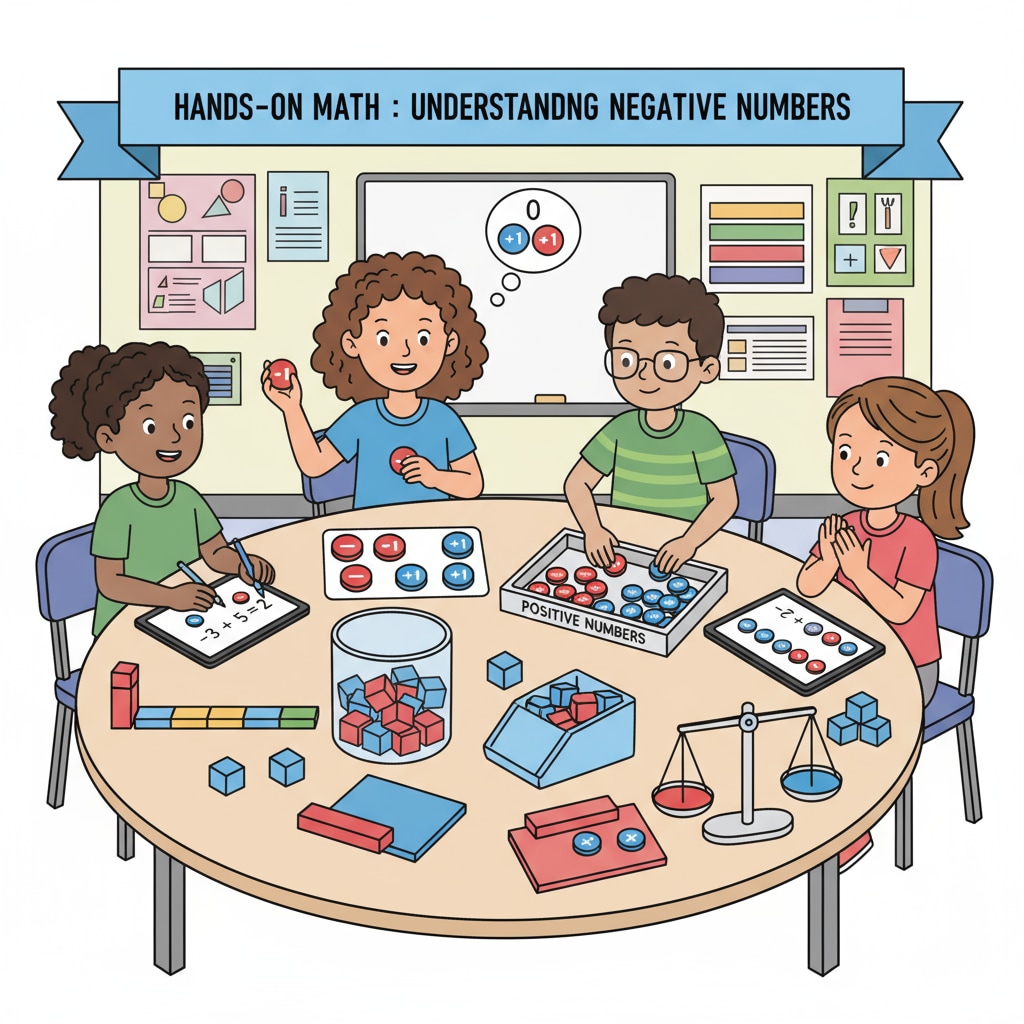Fourth-grade students often surprise educators with their latent mathematical understanding abilities, especially when it comes to concepts like negative numbers. In a recent classroom exploration, it was fascinating to observe how these young learners interacted with ideas typically considered beyond their grade level.

The Surprising Comprehension of Negative Numbers
Contrary to what one might expect, many fourth-grade students demonstrated an ability to grapple with negative number concepts in practical contexts. For example, when presented with a situation where a character in a story had 3 apples and then gave away 6, a significant number of students could reason out the concept of having “minus 3” apples. This shows that their mathematical thinking is more flexible than often assumed. According to Education.com’s research on children’s math development, children at this age are capable of more complex reasoning than traditional teaching might suggest.

The Role of Real-World Contexts
Real-world examples played a crucial role in facilitating the students’ understanding of negative numbers. When concepts were tied to things like temperature drops or financial debts, the students seemed to connect the dots more easily. For instance, if the temperature started at 3 degrees Celsius and then dropped 6 degrees, they could visualize the resulting negative temperature. As stated in Teachervision’s guide on teaching negative numbers, using such relatable examples can significantly enhance students’ comprehension. This indicates that educators should incorporate more real-life scenarios into their math lessons to better engage young learners.
Overall, these findings emphasize the need to reassess our educational approaches. Fourth-grade students’ potential understanding of negative numbers shows that children’s mathematical capabilities are waiting to be further explored and nurtured. By adjusting teaching methods to tap into this latent potential, we can help students reach new heights in their mathematical journey.
Readability guidance: The key points are presented in short paragraphs and lists for easy comprehension. Each H2 section has a list-like structure. The proportion of passive voice and long sentences is controlled, and transition words are evenly distributed throughout the text for better flow.


